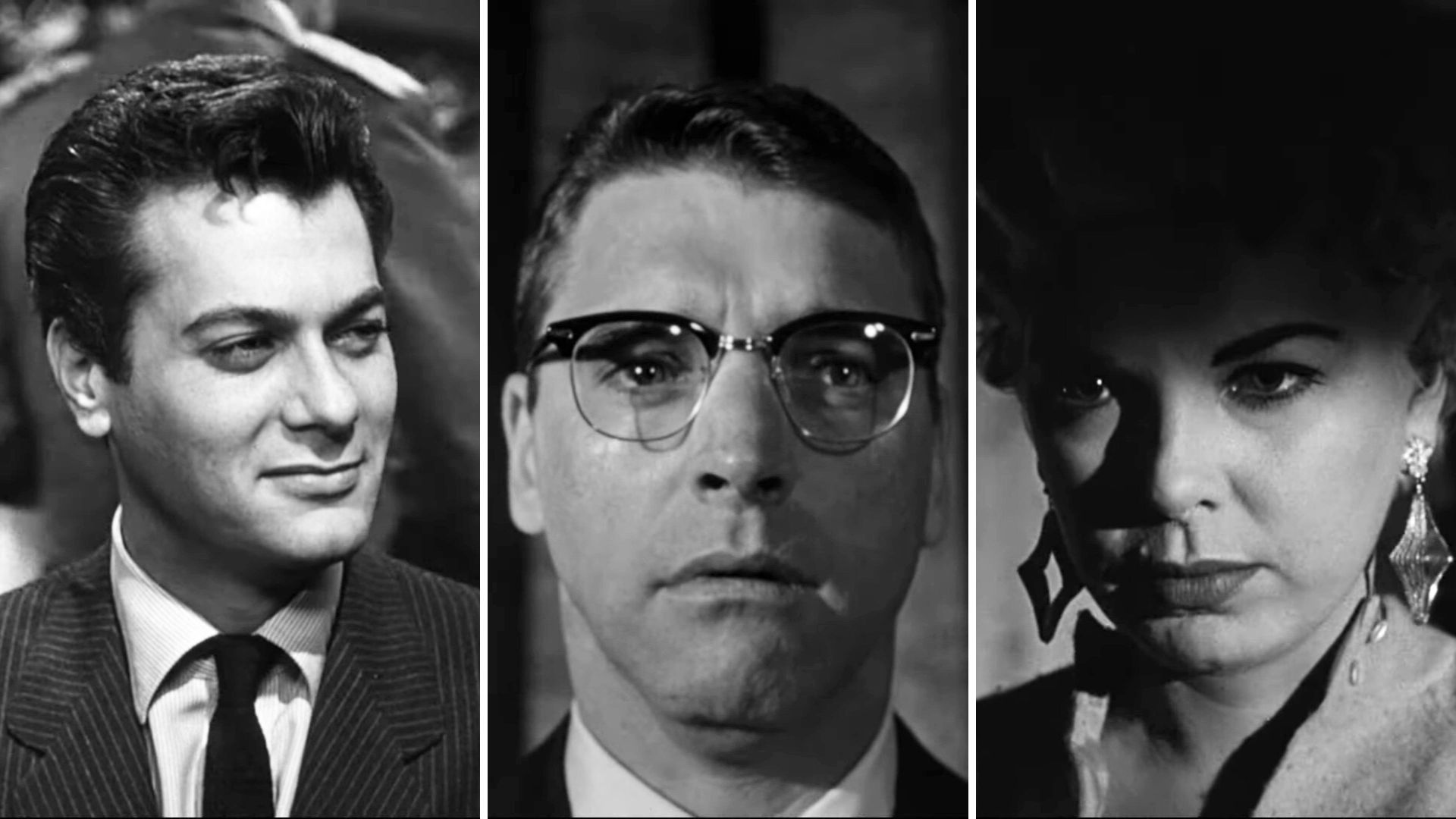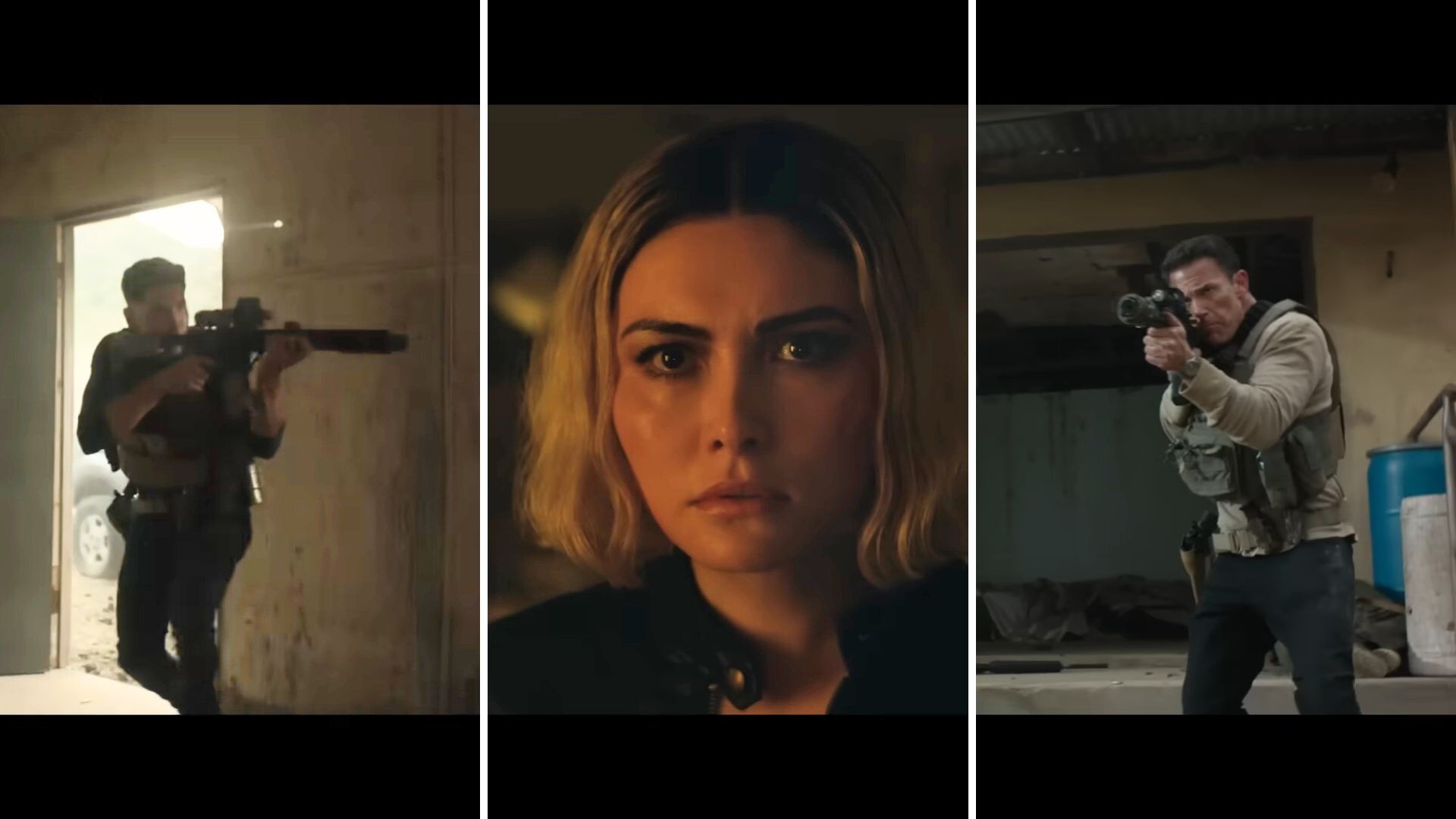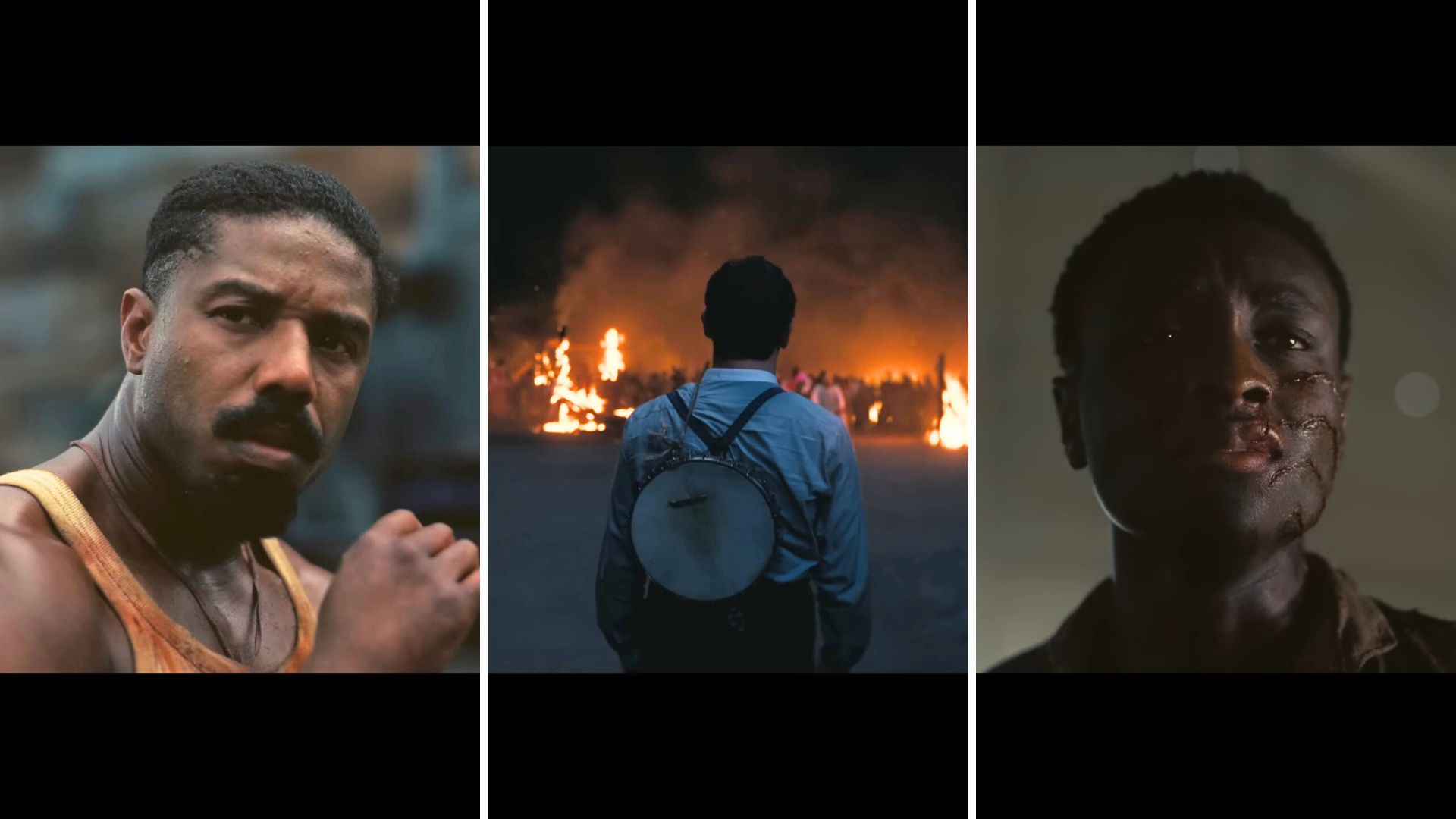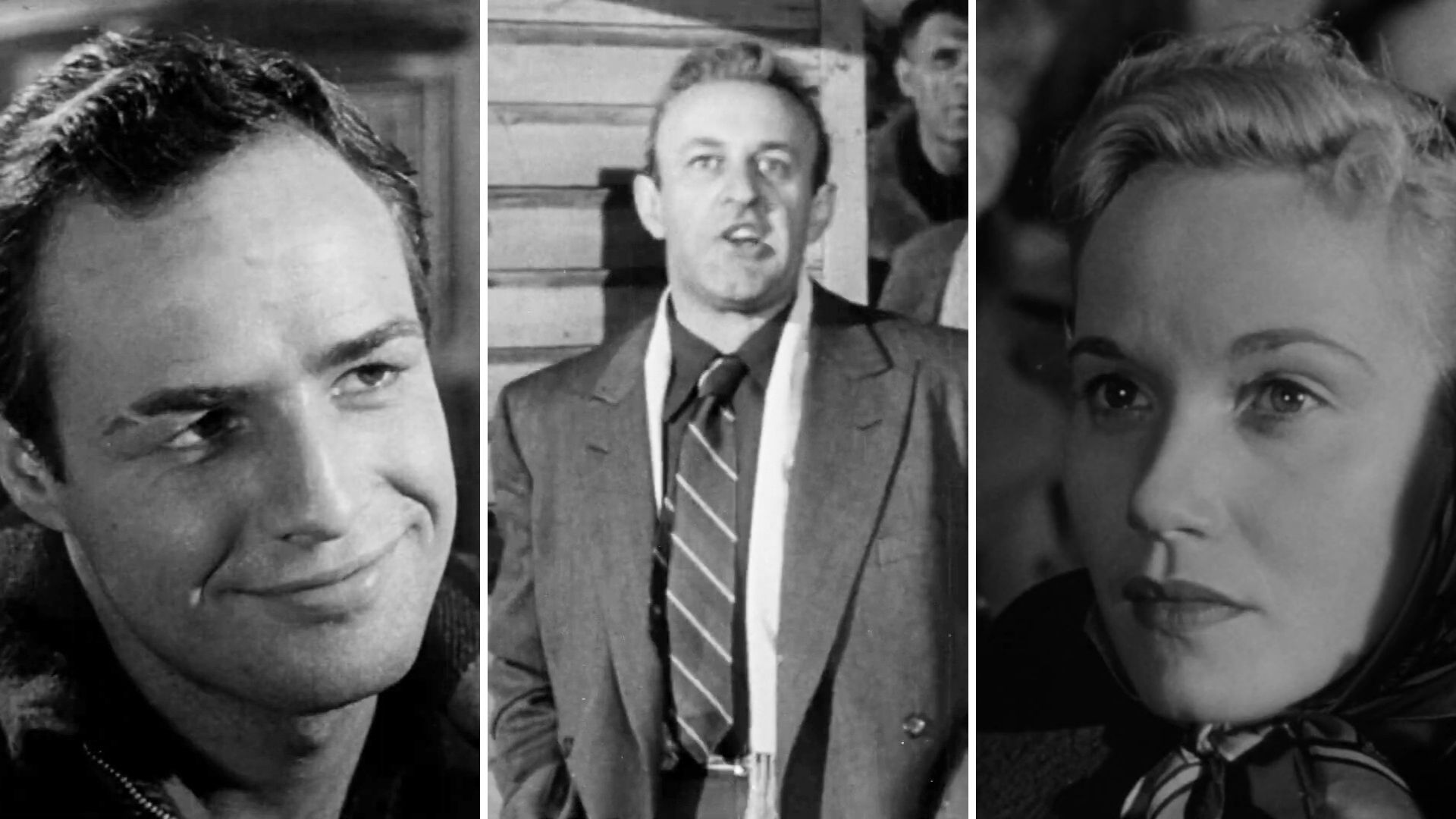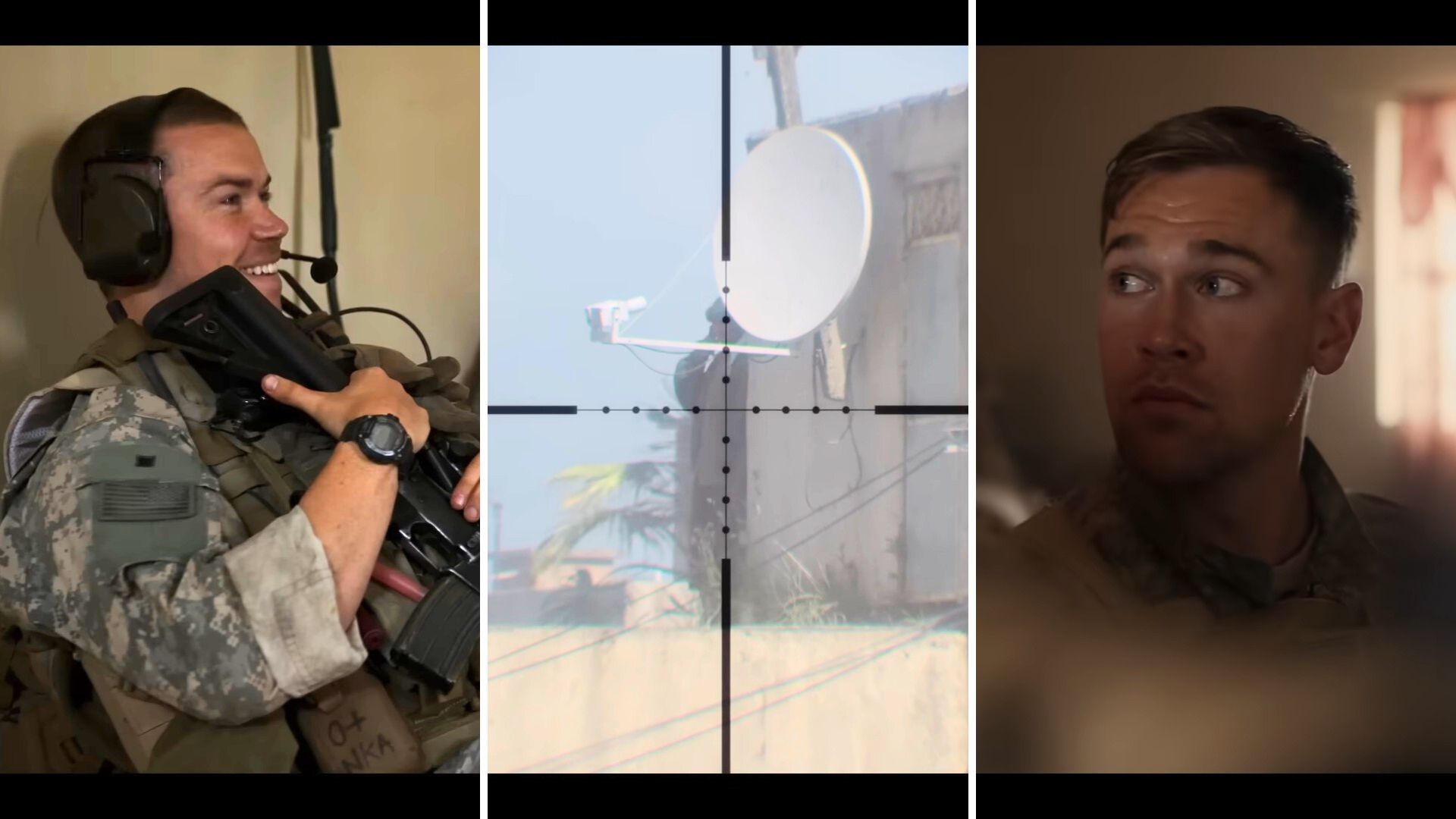
The VHS Movie franchise began in 2012 as a coupling of two specific horror genres. Found footage and anthology films. The two fit together like peanut butter and chocolate. Found footage films are often cheap to make and the gimmick can wear out its welcome quickly. Anthology films allow several up-and-coming directors an opportunity to display their shorts for a larger audience. Combining these two into a film franchise works wonders and it’s created some of the most unique horror films in decades.
Currently, there are seven films in the VHS movie canon. They all vary greatly in quality with some of the best and worst found footage flicks being found in the same film. The franchise has continued to grow and thanks to Shudder seems to have found a passionate fan base. A look at every VHS Movie reveals both the flaws and the greatness in the anthology series concept.
VHS Viral: The Worst VHS Movie
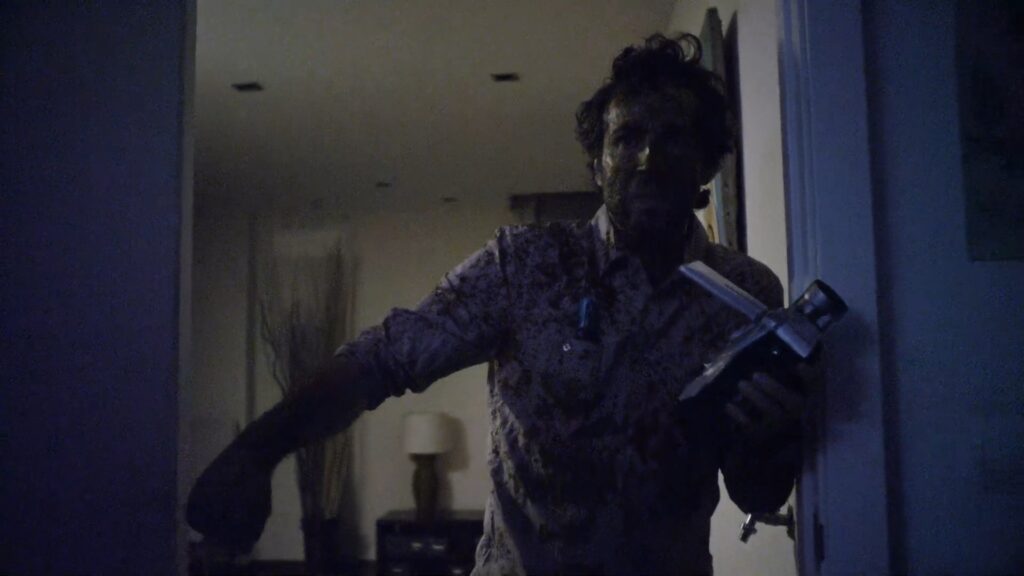
VHS Viral is the third film in the series and is so bad that it led to a seven-year drought for the franchise. The major flaw with VHS Viral is its abandonment of the general conceit. Some films do not even follow the traditional found footage trope instead trying to shoehorn the concept into a traditional movie.
The best part of VHS Viral is the framing narrative, but even that story isn’t great. Gregg Bishops Dante the Great is a Tales from the Crypt idea shoehorned into found footage and Parallel Monsters is a strong idea hampered by weird execution. The series has thankfully recovered, but VHS Viral is the easiest VHS Movie to skip.
VHS 94: Rebirthing the Franchise
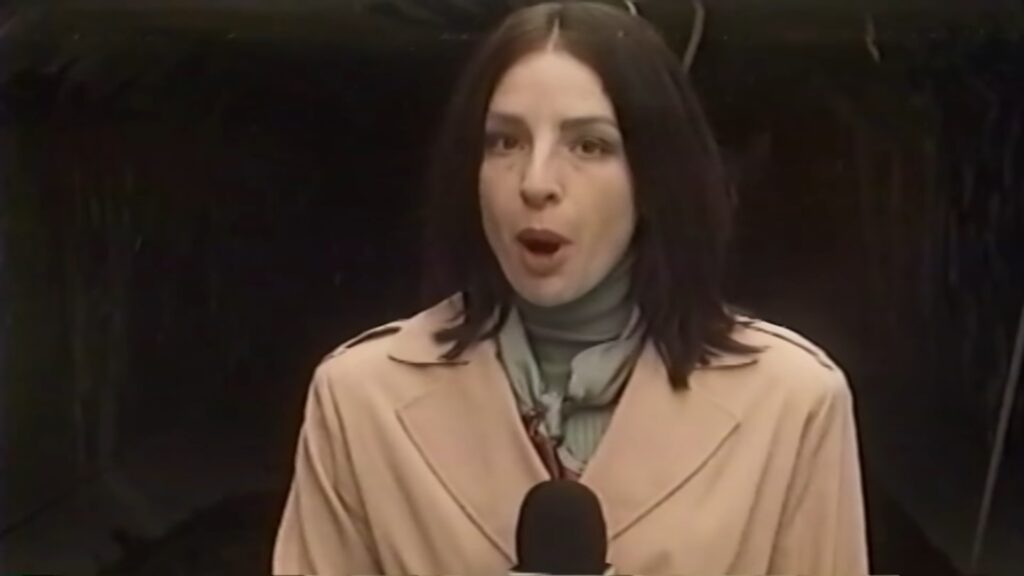
After a seven-year drought, the VHS franchise returned with a period anthology piece. VHS 94 brought the series back to its roots, and while not the best VHS Movie, it does deliver serviceable found-footage horror.
The highlight of VHS 94 is The Empty Wake and Storm Drain. Storm Drain, directed by Chloe Okuno, is framed as a newscast gone awry. It’s a brilliant use of the found footage trope and provides some genuinely frightening scares. The Empty Wake follows a young woman tasked with staying overnight at a funeral home with a deceased body. It’s a tremendous premise, especially for found footage, but the film slightly flubs the landing.
VHS 99: Welcoming A New Millenium

VHS 99 is a direct sequel to 94, and it uses many of the same ideas as the previous entry. All of the films are period pieces, with some truly capturing a 90s aesthetic. The first film of the anthology, Shredding, in particular, is an amazing period piece following two underground punk rock bands.
Another highlight of this VHS Movie is Suicide Bid. Suicide Bid plays like a riff on the classic Mean Girls films from the 90s. Movies like Heathers and The Craft that have become cult classics in their own right. VHS 99 does stumble a bit with its entries Ozzys Dungeon and Hell and Back. Ozzys Dungeon starts strong but then diverts into familiar territory that isn’t satisfying. Hell and Back suffers from a grand idea that’s too big for the film’s small budget. All in all VHS 99 is a satisfying film and a strong continuation of the franchise.
VHS 2: A Successful Sequel
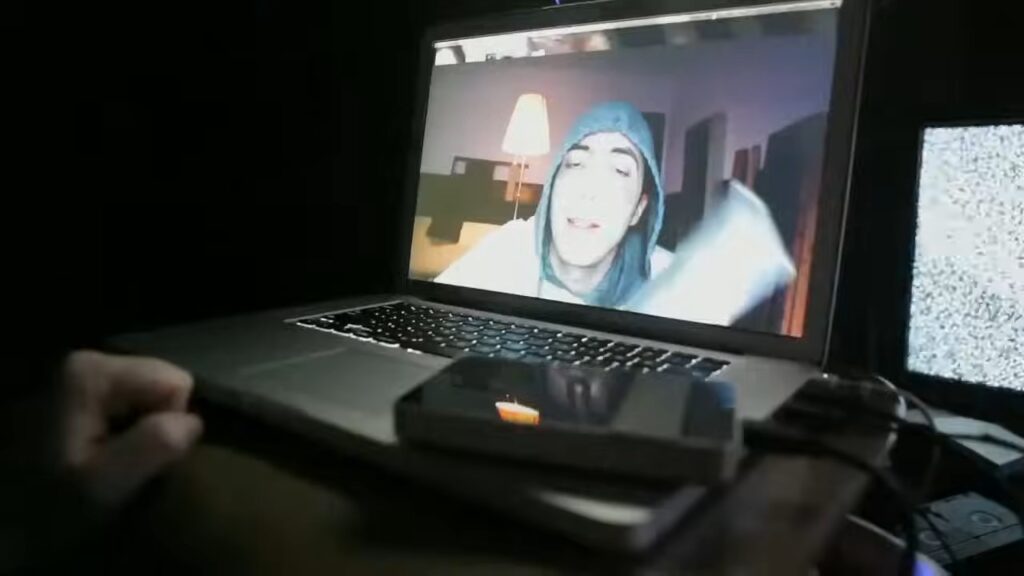
Coming only one year after the original, VHS 2 was able to expand on the original idea in interesting ways. Phase 1 Clinical Trials, the first film in the anthology, is a unique approach to found footage, as is A Ride in the Park. VHS 2 also ends with the fantastic Slumber Party Alien Abduction, a short so strong it garnered its own feature-length spinoff.
VHS 2 suffers a bit from its boring edge lord framing narrative. The framing narrative here is better than the first, but the main couple followed throughout are boring and annoying. The film is still an incredibly strong VHS Movie with maybe the most consistent collection of shorts in the franchise.
VHS 85: VHS Heads Back to The 80s
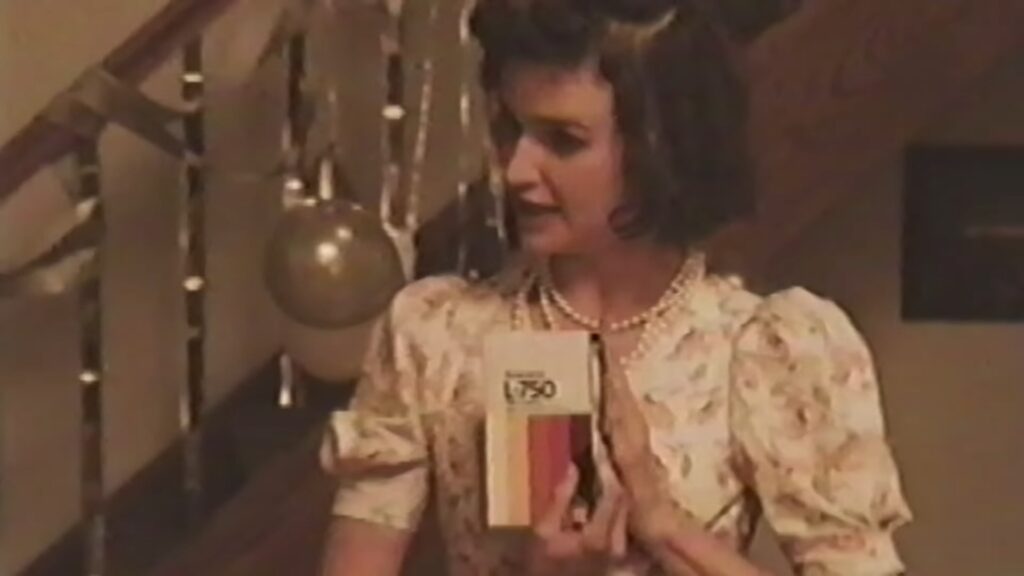
VHS 85 is all over the place in terms of quality found-footage horror flicks. Two excellent films, No Wake and Ambrosia, are incredible concepts that weave perfectly into one another but a boring framing story and wild experiment film keep this collection from being a great VHS Movie.
The film TKNOGD appears as the third film and is a low point for the series. It is an interesting concept but delivered in a way that doesn’t justify its found footage conceit or provide a fun story. The films No Wake and Ambrosia though, with their connecting narratives are great pieces of filmmaking that fit perfectly into the 1985 aesthetic.
VHS Beyond: In Space, No One Can Hear You Rewind
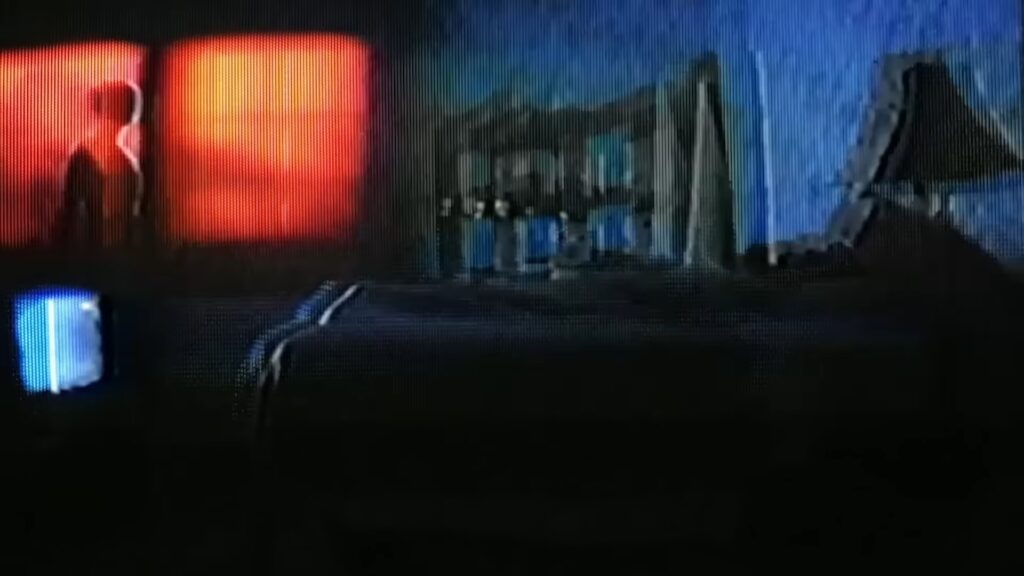
VHS Beyond is the newest VHS Movie and one the best. The film features five short films all tangentially related to sci-fi as opposed to strict horror. The result is some truly fantastic shorts helmed by some brilliant artists. Justin Long worked on Fur Babies, a movie eerily similar to his previous film Tusk. And Kate Siegel teams up with spouse Mike Flannigan to deliver one of the most mind-bending shorts in the series.
The highlight of Beyond is a fantastic short film titled Live and Let Dive. Live and Let Dive is a perfect encapsulation of short film, found footage, and horror. It has a unique premise that’s introduced quickly and features some truly stunning visuals. VHS Beyond is an elevation for the series and an exciting look at what a VHS movie can be.
VHS: The Original Collection of Found Footage
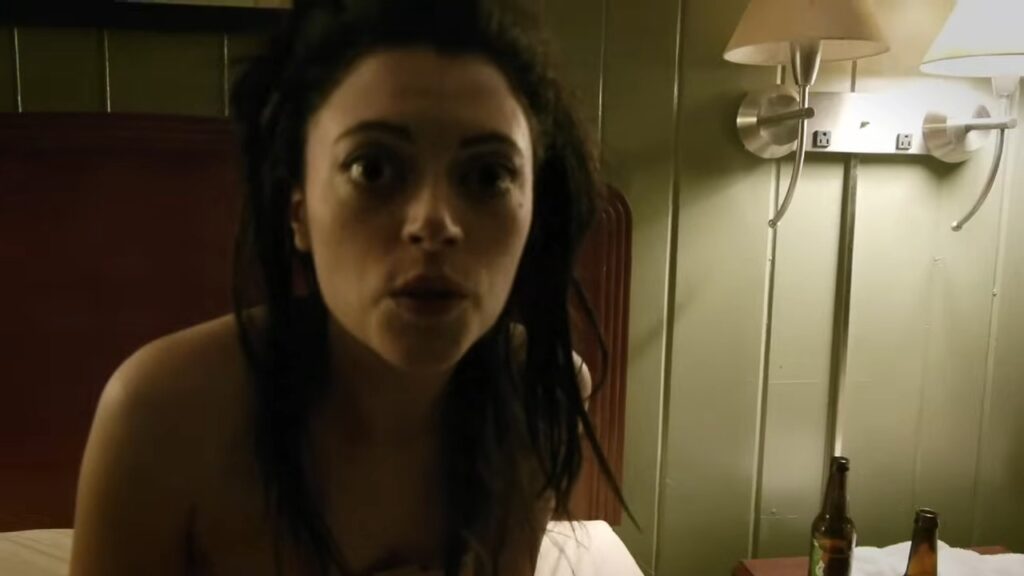
The original VHS movie is still our favorite in the series. While Beyond is a great leap forward for the series, the original features no dull shorts and is jam-packed with great visuals and interesting premises.
VHS is hindered a bit by its dull framing story and an overabundance of nudity. Where it shines though is by subverting traditional horror movie tropes and putting men in perilous situations. The first short, Amateur Night, is a fantastic revenge fantasy that received its own feature-length spinoff. Each film has some sort of interesting twist at the end and they all stay true to their found footage roots.
The VHS movie series is still running today and is a fantastic series to revisit. Not every short lands but the series as a whole is a perfect example of the overall experience being greater than the sum of its parts.




